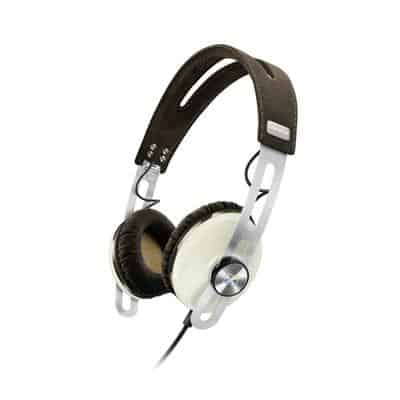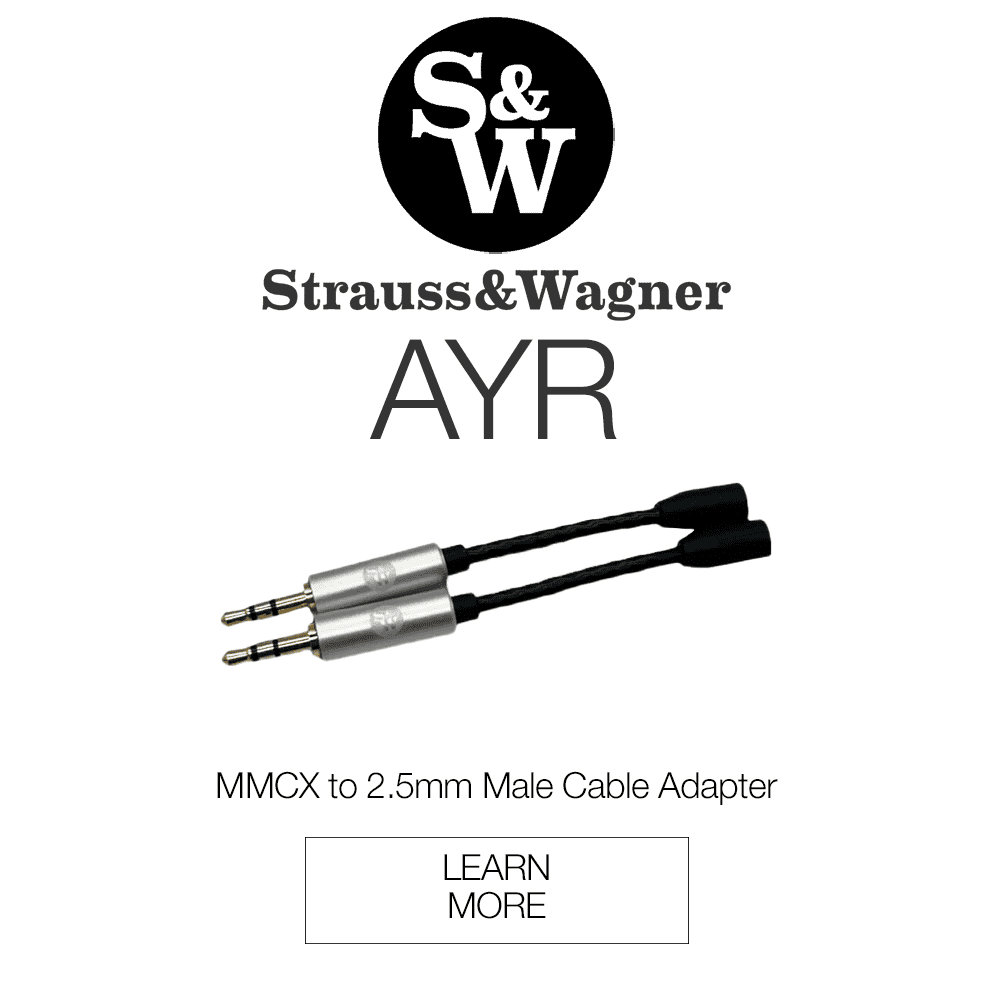These days everything is operating wirelessly and while that makes for easy transport, the quality of transmission is still not the best. The latest cable-free headphones advise aptX is the best technology to ensure quality audio. Find out more in “What is AptX Explained.”
What is AptX Explained, Must Have for Bluetooth Cans?
Pertaining to audio, aptX is advertised as the means of achieving CD (remember those?) quality sound, wirelessly! But how so? What is AptX? Can’t I just get regular Bluetooth headphones? To really understand aptX you’ll need to understand how digital audio works.
Digital audio is a compilation of audio signals encoded in a digital format that can be used to record, store, generate, and/or reproduce sound. As CNET so eloquently explains, a sample of the collection shows what a sound wave looks like at a specific moment, like a freeze frame. With enough of these freeze frames put together these frames can be converted back into a smooth sound wave by a device designed for digital playback. CD-quality refers to rate of 16bit/44kHz which accounts for 44,100 samples every second and where each sample has a value between 0 and 65,535 (referred to as “16-bit”).
Digital playback devices can play 16bit/44kHz though this rate isn’t easily streamed via web or say wireless device as it’s about 10MB in size. MP3 files are much smaller (at about 1MB) and easier to stream because they are compressed. Bluetooth, which MajorHiFi has covered more extensively in our Bluetooth Explained article, is a global wireless communication standard that allows for the easy exchange of data over short distances. Translation, only so much data can be transferred at one time down the tiny Bluetooth pipeline. WiFi would allot for much more. So if you’re sporting Bluetooth headphones but want to hear the best in audio quality, your device is going to need some help.
Still mulling over “What is AptX?” We will get to that in a moment.
This is where aptX comes into play. It is a codec algorithm that compresses the digital audio signal by removing parts of the audio that aren’t noticeable by the listener and cause the least amount of impact on the fidelity of the audio.
AptX Director of Sales and Marketing Johnny McClintock explained more to LifeWire, “AptX runs at 354 kilobits per second, and it’s a fixed 4:1 compression ratio so the performance is guaranteed… SBC and MP3 and AAC have more aggressive compression and are thus far more efficient than aptX. But if you have the capability of addressing more bits it’s going to sound better.”
Bluetooth is intended for us to untether ourselves, but it’s pointless if audio sucks.If aptX is available, I’d get a version with the codec for a more pleasurable listening experience.
There are two types of aptX you’ll see on most devices today. There is Qualcomm aptX HD and aptX low-latency. The HD version supports 24bit/48kHz LPCM audio data which is better than CD-quality (44kHz/16bit) to better enhance audio quality. As for low latency, this version is best suited when watching movies and playing games as it reduces delay and ensures the audio is synchronized with the video. It supports a latency of less than 40ms and 48kHz / 16bit LPCM audio data.
Hope our “What is AptX Explained” helped to clear up any confusion you had regarding aptX? If not, give us a shout down below.
Need AptX headphones, check out brands like Sennheiser, Bang and Olufsen, Jays, Audio Technica and more at Audio 46. Use discount code “majorhifi” to receive a percentage off of your purchase.
Compare the ranking of various headphones, earbuds and in-ear monitors using our tools.
Discuss this, and much more, over on our forum.
---MAJORHIFI may receive commissions from retail offers.















